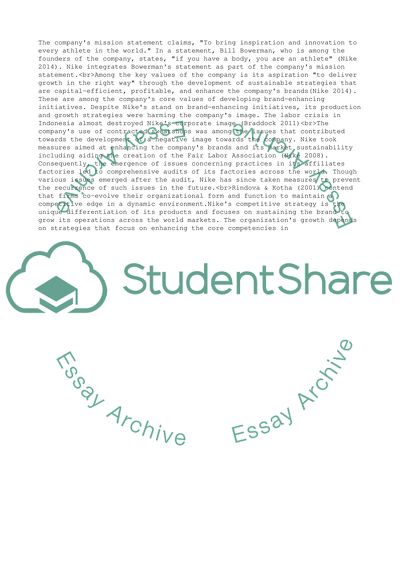Cite this document
(“Strategic Management Essay Example | Topics and Well Written Essays - 1000 words - 14”, n.d.)
Strategic Management Essay Example | Topics and Well Written Essays - 1000 words - 14. Retrieved from https://studentshare.org/business/1693370-strategic-management
Strategic Management Essay Example | Topics and Well Written Essays - 1000 words - 14. Retrieved from https://studentshare.org/business/1693370-strategic-management
(Strategic Management Essay Example | Topics and Well Written Essays - 1000 Words - 14)
Strategic Management Essay Example | Topics and Well Written Essays - 1000 Words - 14. https://studentshare.org/business/1693370-strategic-management.
Strategic Management Essay Example | Topics and Well Written Essays - 1000 Words - 14. https://studentshare.org/business/1693370-strategic-management.
“Strategic Management Essay Example | Topics and Well Written Essays - 1000 Words - 14”, n.d. https://studentshare.org/business/1693370-strategic-management.


